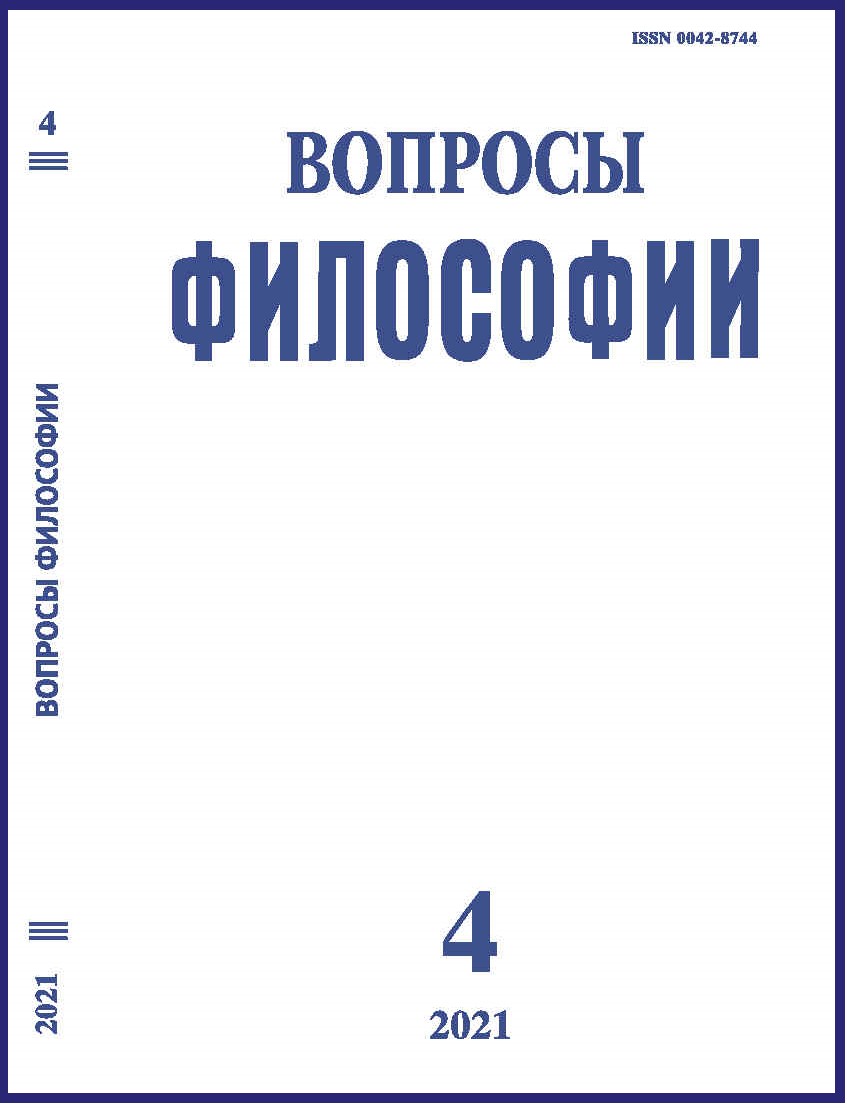Phenomenology of Edmund Husserl and Merab Mamerdashvili: Two Ways of Interpretation
DOI:
https://doi.org/10.21146/10.21146/0042-8744-2021-4-75-86Keywords:
Mamardashvili, Husserl, phenomenology, consciousness, meaning.Abstract
The article discusses the similarities and differences between M. Mamardashvili’s and E. Gusserl’s phenomenological approaches with an emphasis on M. Mamardashvili’s phenomenology. It is shown that Mamardashvili was a follower of transcendental philosophy, developing his special variant of phenomenology. The peculiarity of his method implies different methods of connection of the phenomenology with the classical philosophical toolkit, as well as a special method of constitution of the phenomenon, which includes three components, namely: 1)presence of some personal experience connected with perceived given; 2) correlation of this personal experience with some idea which is shown in this experience; 3) motive of random event which is nonlinear, configuring sense as something whole. All three aspects of the constitution of the event make it possible to bring it under the main thing, the nonlinear procedure of extracting meaning from the events taking place. As it is shown in the article, Mamardashvili believes that this is the only way for a person to get sense as it is impossible to come to him by “natural” (causal and consecutive) way. It seems that Husserl does not have such complex dramaturgy of constitution. In Husserl’s transcendental phenomenology, meanings do not imply a mandatory mediating of values or value teleology.

